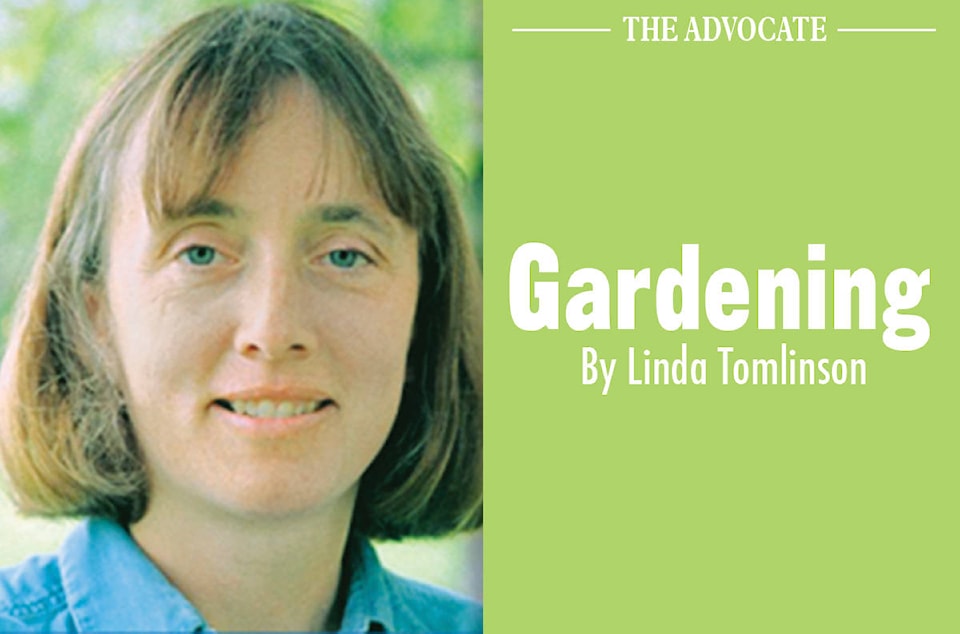Cooler weather, shorter days are ideal for planting, transplanting or dividing plants. Nurseries often discount potted plants at this time of year as the more they sell, the fewer they have to dig in for the winter.
At this time of year, expect plants that have been potted all season to be pot bound. The roots should be encircling the inside of the pot and might be sticking out holes in the bottom. As a result they will need to be transplanted as soon as possible or watered often.
When planting, dig a hole that is twice the size of the pot. Fill the hole with water and let it recede. Back fill a small hill into the centre of the hole. Loosen the pot by banging on it or by squishing the sides together. With small plants, turn the pot upside down, hit the bottom and let gravity assist. If this isn’t possible, pull the pot from the bottom while pushing the rootball upwards. Hanging on the top growth and pulling can injure the top growth and the connections between the top growth and roots.
It is often easier, and better for the plant to cut a pot off.
Once out of the pot, unravel the roots which might involve cutting or breaking a few, to encourage them to grow outwards and not in the shape of the pot.
Place the centre of the rootball on the hill and slope the roots downward. Backfill with the surrounding soil and press the soil down firmly around the plant. Water, spreading it evenly over the surface of the hole. Watering and pressing the soil down helps to remove large air pockets that can dry out roots when they are transplanted.
One of the secrets to transplanting is to keep as many roots intact as possible. Too few root for the top growth means the roots struggling to intake enough moisture and nutrients to feed the top growth.
Carry the plant to its new location by its root. This can be done by holding the dirt ball, placing the plant in a container, or in the case of a large rootball, moving it on a tarp. Carrying a plant by its foliage or stem will damage the plant.
Plant as soon as possible to avoid the roots drying out or being exposed to bright sunlight.
How to split perennials is dependent on the plants root structure. If the plant grows in a clump such as bleeding-hearts and delphiniums, divide the clump so each one contains roots and upright stems.
Plants with rhizomes for roots need to have a section of the root or rhizome and an eye or a plant shoot. Note that some plants with this style of roots are slow growing while others are invasive. Do not share invasive plants.
Bulbs are split by carefully digging up the bulb and separating the bulbs. Care must be taken not to damage the bulbs with a shovel.
Tubers can be cut apart with each section having one or two eyes.
Low growing ground covers usually continue to grow outwards. When transplanting in the fall, remove a piece of plant that is rooted.
Shrubs and trees, depending on the variety, send out runners or suckers which are similar to rhizomes Carefully dig around the new plant with care. When the root that connects the new plant with the original plant is located, cut it with a sharp knife or secateurs. The portion that is removed should include a number of hair like roots as these are what will feed the new plant.
For the best results, prepare the area and hole where the new plant will be set before digging up the plant. The quicker the plant is replanted, the less stress it receives and the better the success rate.
Linda Tomlinson is a horticulturalist that lives near Rocky Mountain House. She can be reached at your_garden@hotmail.com
